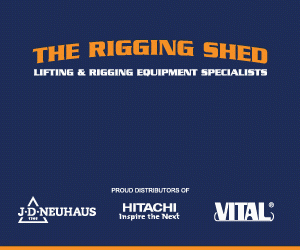)
Positive start to new financial year for manufacturing
The Australian Industry (Ai) Group Australian Performance of Manufacturing Index (Australian PMI) rose 1.8 points to 53.1 in August, driven by increasing levels of production and rising exports*.
Ai Group chief executive Innes Willox said, “Stronger production, sales, and employment combined in a small though encouraging lift in the Australian PMI for August. While it is only expanding at a modest pace, the further growth in manufacturing in August is heartening and, together with a rise in new orders, will help allay fears of a further slowdown in business conditions.
“Building, wood and furniture manufacturing and food and beverages production continued as the fastest growing sectors while machinery and equipment producers and manufacturers in the petroleum and chemicals group also reported improved performance. The lift across these sectors was partly offset by sharply negative conditions in the metal and textiles and paper product groups,” Willox said.
All seven activity indexes in the Australian PMI indicated expansion in August, with production up 4.9 points to 53.2 and sales up 11.6 points to 54.3 rising back into positive territory. Both new orders up 0.3 points to 53.3 and exports up 1.1 point to 55.7 expanded at a faster pace than in July.
Four of the six manufacturing sectors expanded in August with the food and beverages down 1.7 points to 55.8 and building materials, wood and furniture down 0.5 points to 59.6 sectors still leading the way, but at slower rates of growth. The machinery and equipment sector improved after several months of poor conditions up 1.6 points to 52.5 while metal products down 0.3 points to 37.9 and textiles, paper and printing down 0.6 points to 41.7 both fell to their lowest levels since 2013.
The input prices index was largely unchanged in August – down 0.1 point to 66.2, while the selling prices index rebounded 3.5 points to climb back into expansion at 52.7.
The average wages index rose by 3.4 points to 60.3 in August, indicating a higher proportion of businesses are facing wage increases across manufacturing – perhaps reflecting increases linked to this year’s 3.0% minimum wage increase making their way through the system of industrial awards and agreements.
*Readings below 50 points indicate contraction in activity, with the distance from 50 indicating the strength of the decrease.









